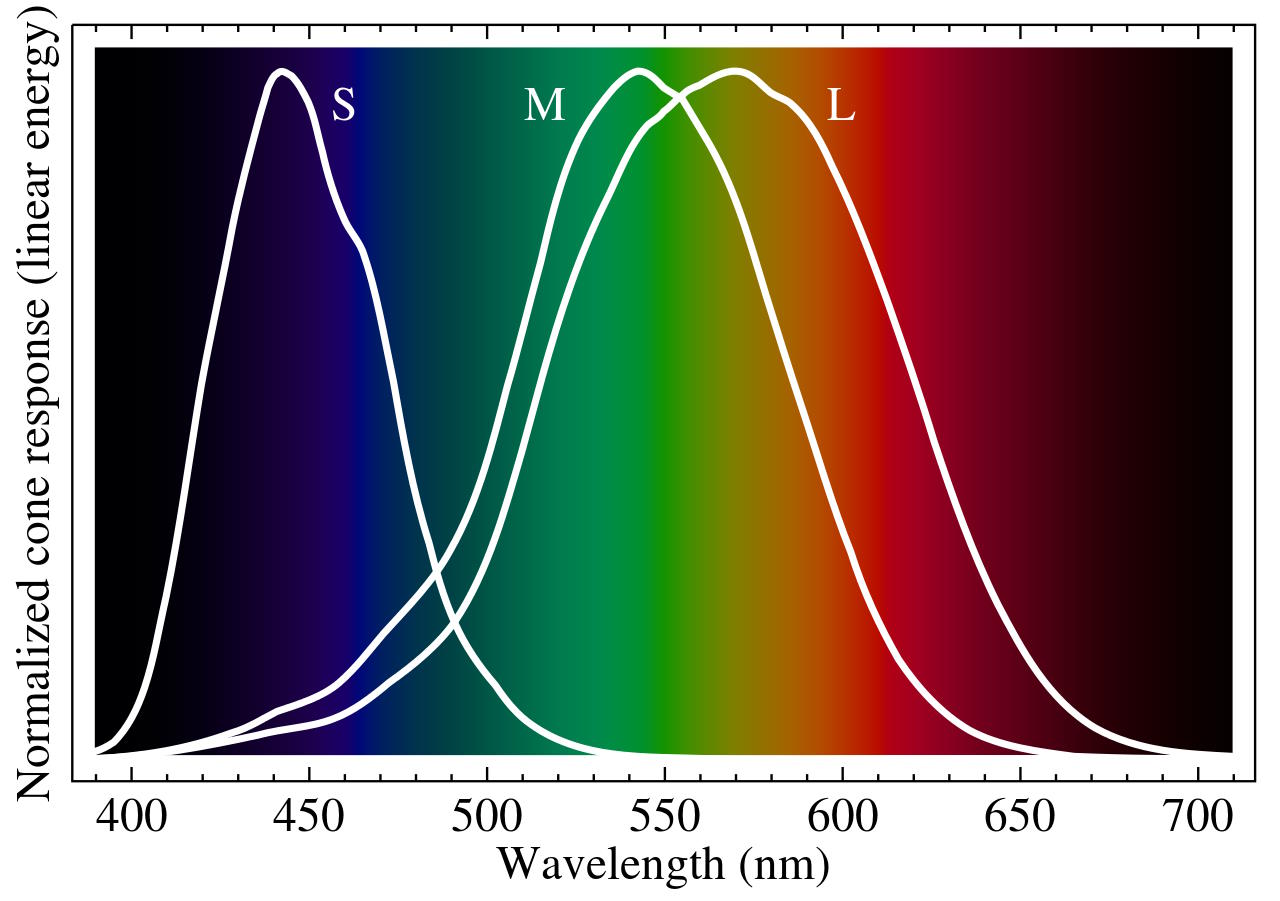When someone is diagnosed with an autoimmune disease, four out of five times, it’s a woman. Scientists have never been able to explain why women are at such greater risk of autoimmune disease, but new research published in Cell on February 1 could hold the answer. And the key lies in the X chromosome.
A team of researchers led by Stanford scientists found that a molecule called Xist (pronounced like “exist”) might be responsible for triggering a defense response in females that makes their immune system attack healthy cells. Most autoimmune diseases—like lupus, rheumatoid arthritis, and multiple sclerosis—occur when the body starts attacking its own proteins, the study explains.Females have two X chromosomes (bundles of genetic material that instruct cells to create proteins), while men have one X and one Y. The study explains that Xist, which is made up of long strands of RNA intertwined with DNA and proteins, wraps around one of the X chromosomes in females in order to inactivate or “silence” that second set of code (if it’s not silenced, it would produce double the proteins needed to live, which can be fatal). Xist molecules only exist in women because they have two X chromosomes.Related StoryWhen female cells die naturally, Dr. Howard Chang, MD, PhD, the lead of the Stanford study, believes that in some cases the immune system may encounter Xist molecules with several proteins attached, confusing the immune system into thinking the molecules are foreign invaders. This, in turn, could lead the immune system to develop antibodies that attack Xist. Xist isn’t usually expressed in male cells, so the Stanford study looked at male mice who were genetically modified to be able to produce Xist. “Once the male mice express Xist, they get much worse levels of immune disease,” Dr. Chang explained to The New York Times. “This is like a completely different and novel explanation for female bias in immune disease,” Chang told Stat News. “What our study really showed was that it’s not just the second X chromosome, it’s actually a very special RNA that comes from that second X chromosome, and just that RNA perhaps plays a major role.”Related StoryHowever, other researchers think it’s too early to determine if an antibody response to Xist is the culprit, and more research is required, they told Stat News and The New York Times.Still, the study emphasizes that a better understanding of how autoimmune diseases occur can help experts develop new tests that would be able to catch them sooner, and lead to more effective treatments.
Scientists May Have The Ancient Answer To Why Women Get More Autoimmune Diseases















